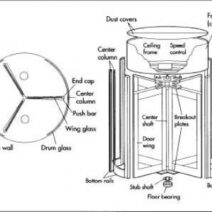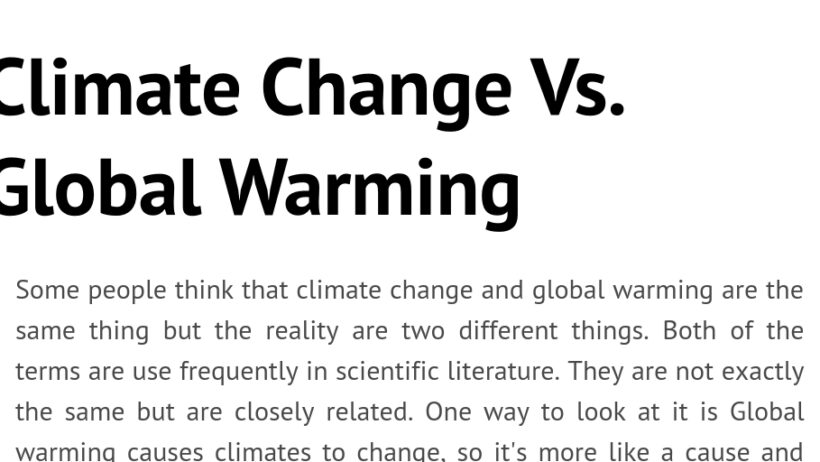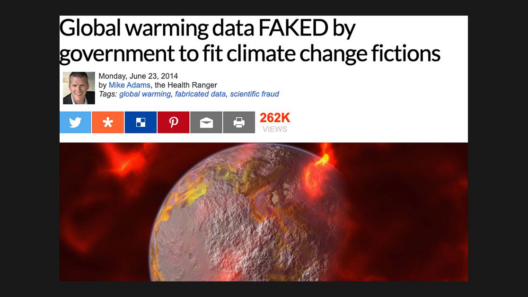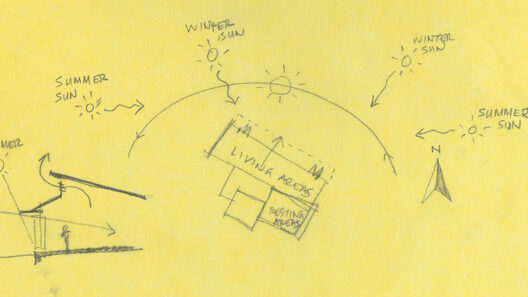In the ever-evolving discourse surrounding environmental issues, two terms often emerge: climate change and global warming. At first glance, these phrases may appear synonymous, akin to two siblings sharing the same genetic makeup yet possessing distinct personalities. Understanding the intricate relationship between them is vital for fostering effective dialogue and mobilizing meaningful action. This exploration delves into the nuances of these terms, unpacking their definitions, implications, and the broader debate they inspire.
Climate change encompasses a wide array of alterations in Earth’s atmospheric conditions, including shifts in temperature, precipitation, wind patterns, and other climate metrics. This term is expansive, covering both natural and anthropogenic phenomena. Conversely, global warming is a more specialized concept, specifically referring to the long-term increase in Earth’s average surface temperature due primarily to heightened levels of greenhouse gases, such as carbon dioxide and methane, injected into the atmosphere through human activities. If climate change is the vast ocean, global warming could be viewed as a specific current within that ocean, driving various ecological and meteorological transformations.
To further accentuate their relationship, consider the analogy of a family. While both climate change and global warming may originate from the same lineage, their pathways diverge as they interact with a myriad of factors. Climate change, as a more encompassing term, includes the potential for cooling as well as warming. Historical fluctuations in Earth’s climate indicate that regions can cool markedly due to volcanic eruptions or variations in solar radiation. Hence, global warming does not solely define climate change; rather, it is a leading cause of current climate disturbances, predominantly owed to human activity since the Industrial Revolution.
The tug of war between these concepts extends beyond academic discussions and into the public sphere, where misinterpretation can stymie effective policy-making. The media often simplifies these distinctions, conflating them to fit narratives that resonate with audiences. Such depersonalization can lead to misunderstanding; global warming is a potent symptom of climate change, but it does not capture the entirety of the malady affecting our planet. If people view climate change solely through the prism of global warming, they risk underestimating other pressing environmental issues such as ocean acidification, biodiversity loss, and shifts in weather patterns, each unique and deserving of its own attention and interventions.
In recent years, the conversations surrounding climate change and global warming have intensified, particularly in light of increasingly severe weather events and unprecedented shifts in ecological systems. Scientists emphasize the connection between these two concepts as they advocate for urgent interventions to slow down the overarching crisis. When discussing climate change, attributing it solely to global warming can create an illusion of simplicity—a misconception undermining the labyrinthine factors contributing to climate instability. This complexity demands nuanced discourse and robust public engagement; it calls for people to engage comprehensively with the myriad dimensions of climate change and not dwell exclusively on temperature fluctuations.
The psychological implications of this linguistic conflict are also significant. The terms we choose can shape perceptions of urgency and importance. Referring to the phenomenon as merely global warming can engender a sense of complacency; it implies a linear trajectory of warming without engendering an awareness of the multifaceted nature of climate disruption. In contrast, climate change, with its encompassing language, evokes the conceptual breadth and depth of the crisis. It sparks curiosity and engenders a sense of collective responsibility. This is not just about rising temperatures; it is about altering weather patterns, increasing droughts, intensified storms, sea-level rise, and the resulting ramifications for human health, agriculture, and natural ecosystems.
Moreover, the dialogue surrounding these concepts must acknowledge the role of policy and action. Policymakers confront the challenge of grappling with both climate change and global warming in tandem. Effective strategies must address mitigation and adaptation simultaneously. Focusing merely on reducing carbon emissions is laudable, yet this might yield insufficient results if broader systemic changes are not considered. Transitioning to renewable energy sources is crucial, but infrastructure resilience, community adaptation strategies, and ecological conservation must also be integrated into overarching solutions aimed at ameliorating the climate crisis.
An essential component of this debate is the discourse surrounding accountability. Industries and governments must recognize their roles in exacerbating climate change through reliance on fossil fuels, deforestation, and unsustainable agricultural practices. Global warming plays a significant role in accelerated climate change, but the diverse contributors to the larger phenomenon must be addressed holistically. This dialogue encourages an active stance among individuals, communities, and nations, galvanizing a collective rebellion against the status quo that nurtures environmental degradation.
In conclusion, while climate change and global warming are intricately related, their differences necessitate careful consideration. Climate change is a broad, arms-outstretched term that encompasses a variety of phenomena impacting our planet’s delicate systems, while global warming is a vital yet singular thread within that tapestry. Clarity in this distinction allows for deeper understanding, greater engagement, and ultimately fosters the urgent action required to safeguard Earth’s future. Just as siblings can complement and contrast with one another, climate change and global warming, while connected, serve different purposes in the pursuit of climate justice and ecological sustainability. We must embrace this complexity, recognizing that action must be informed by a comprehensive understanding of both elements if we are to confront the existential threat posed by climate disruption.





